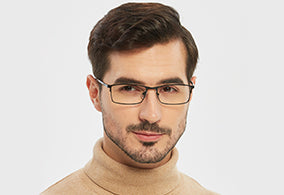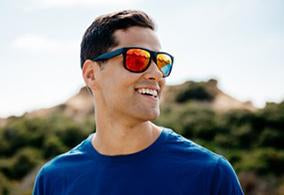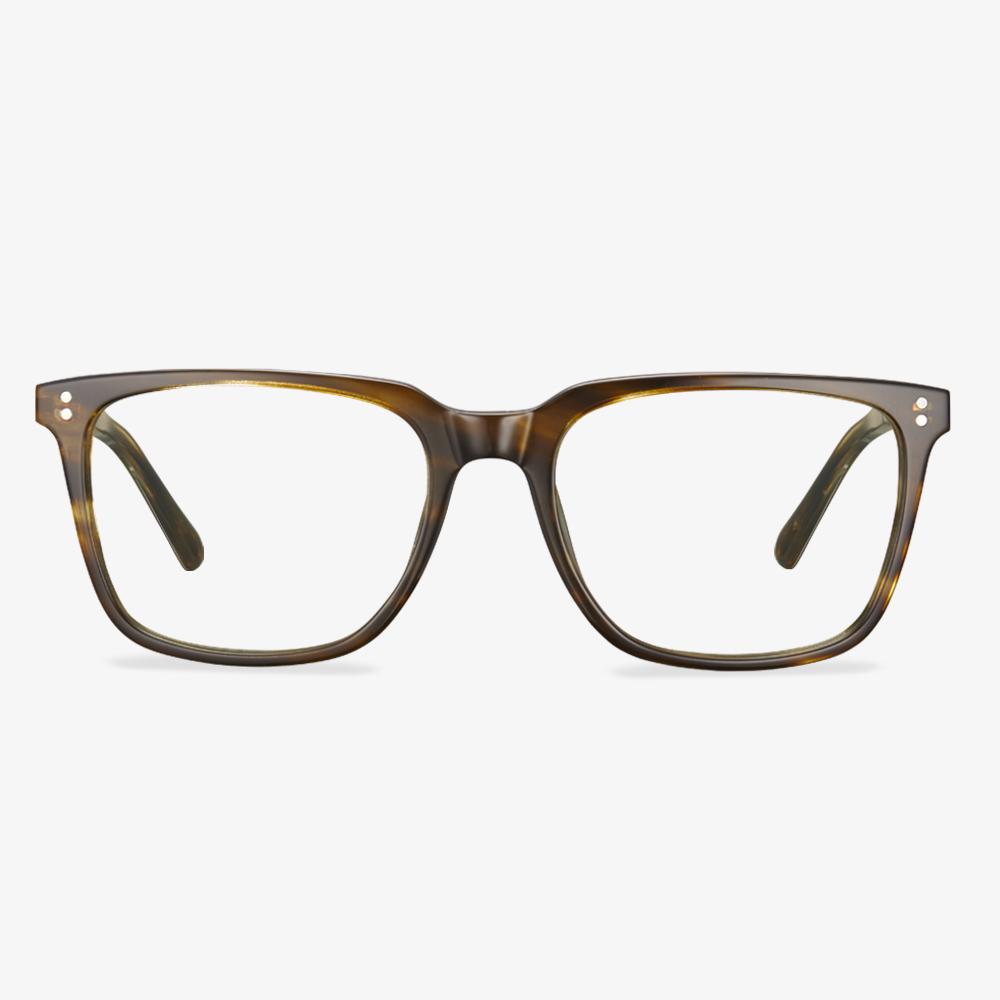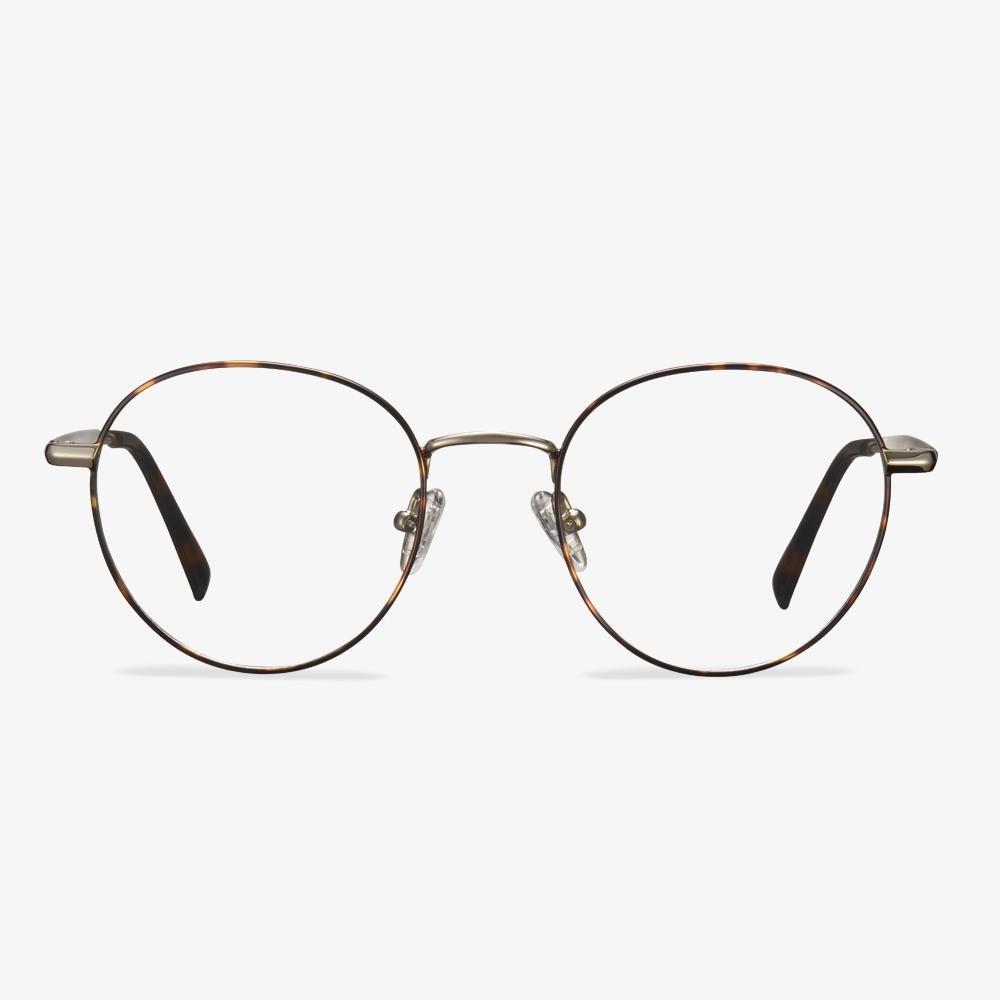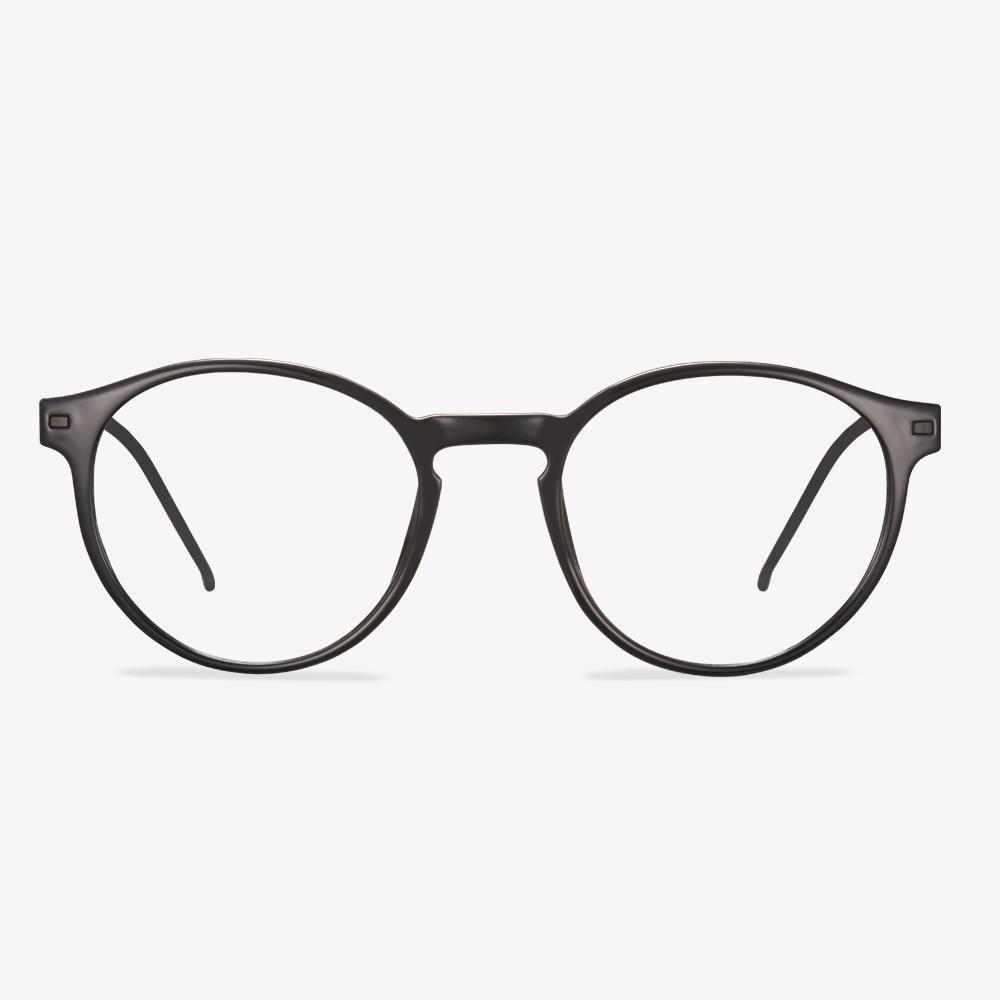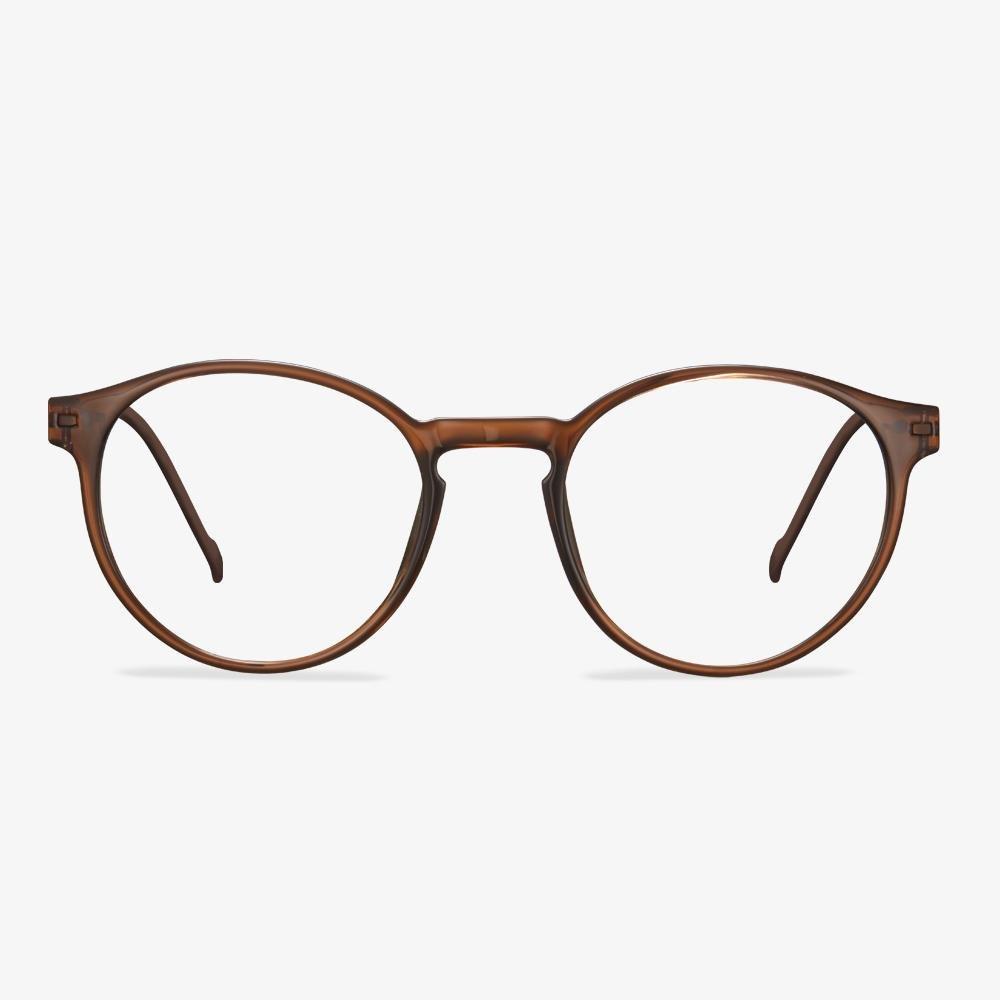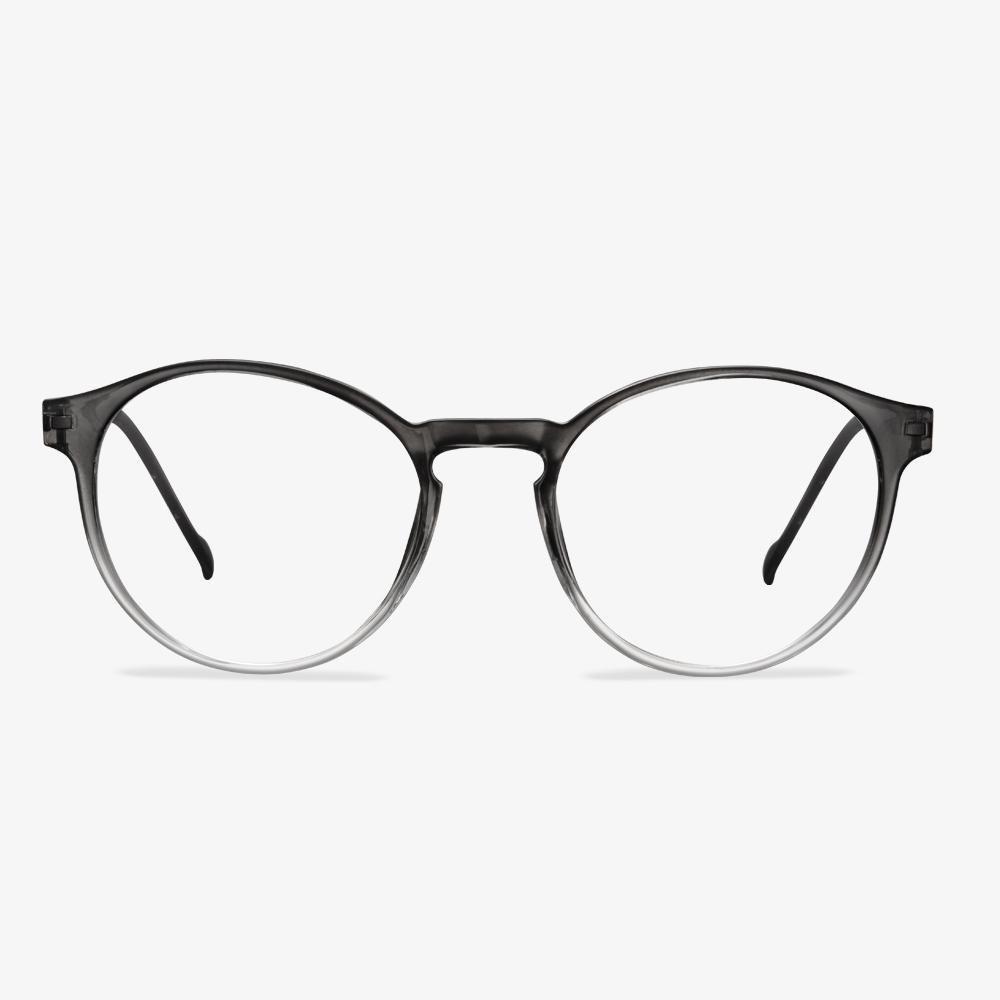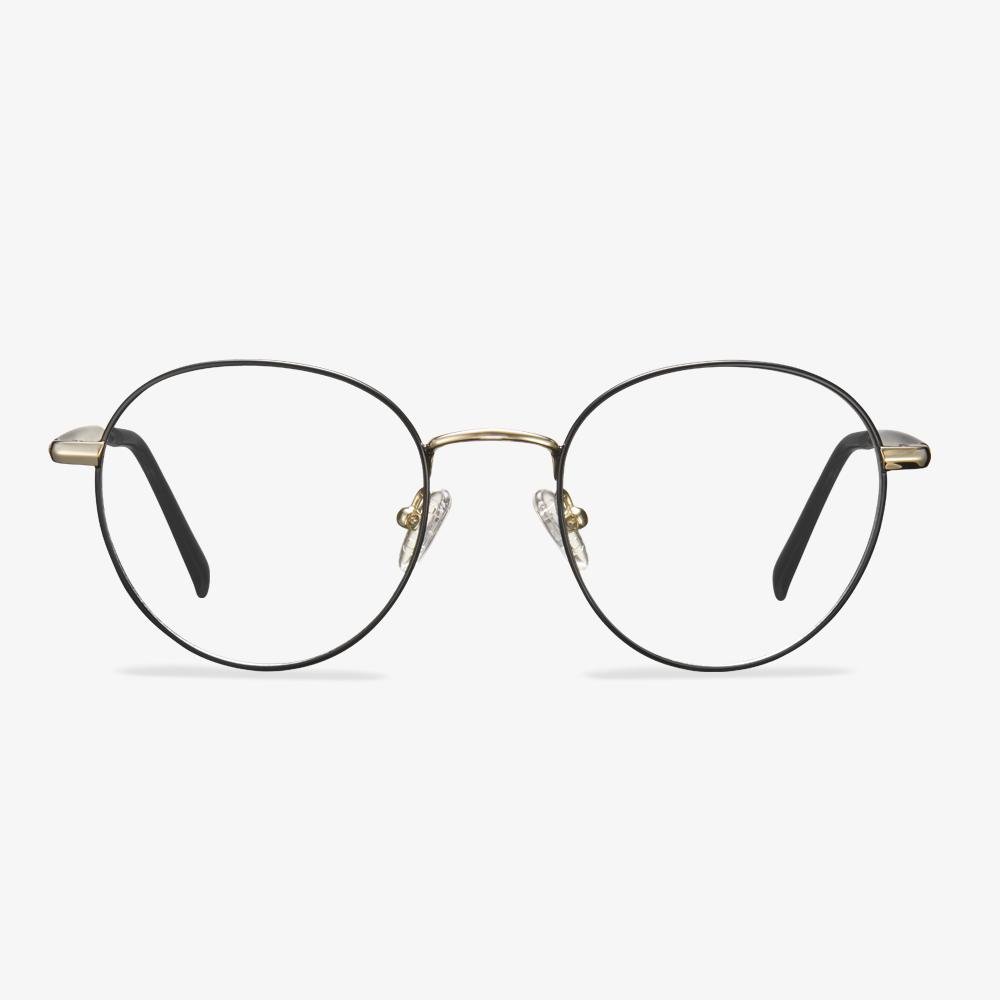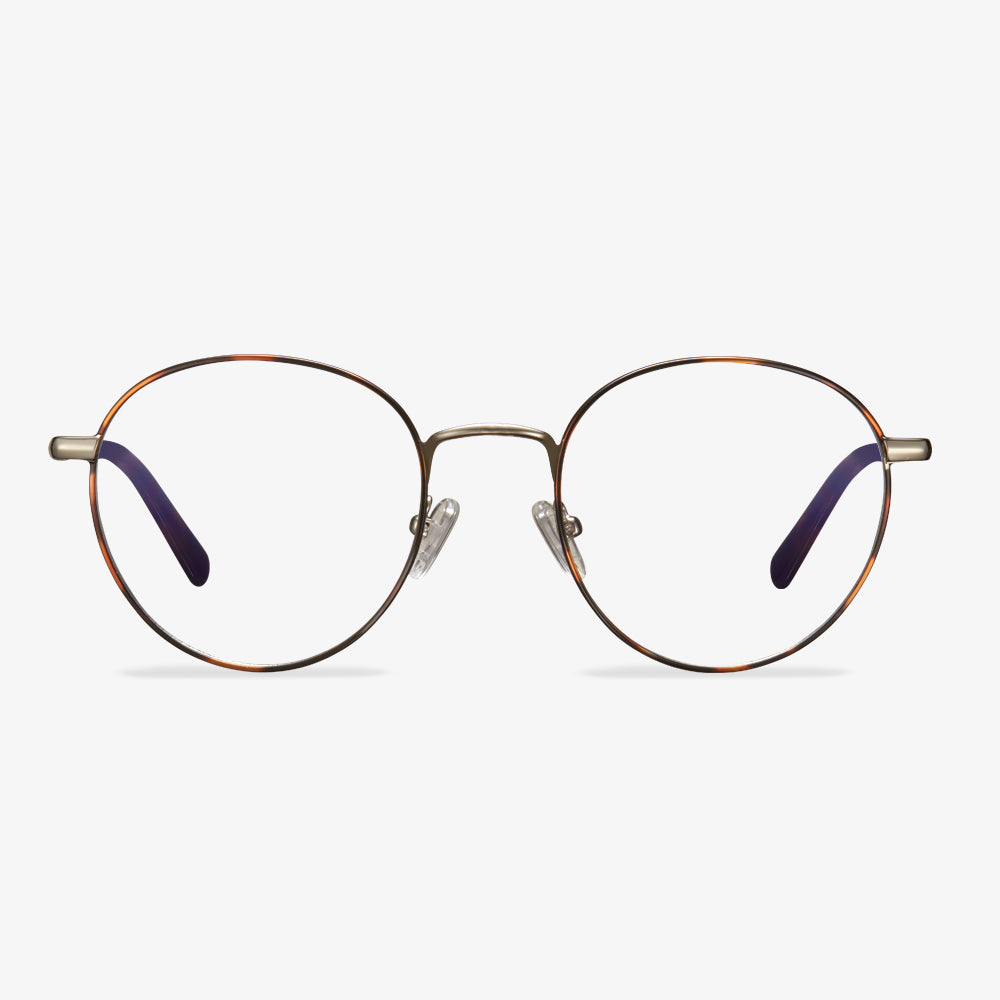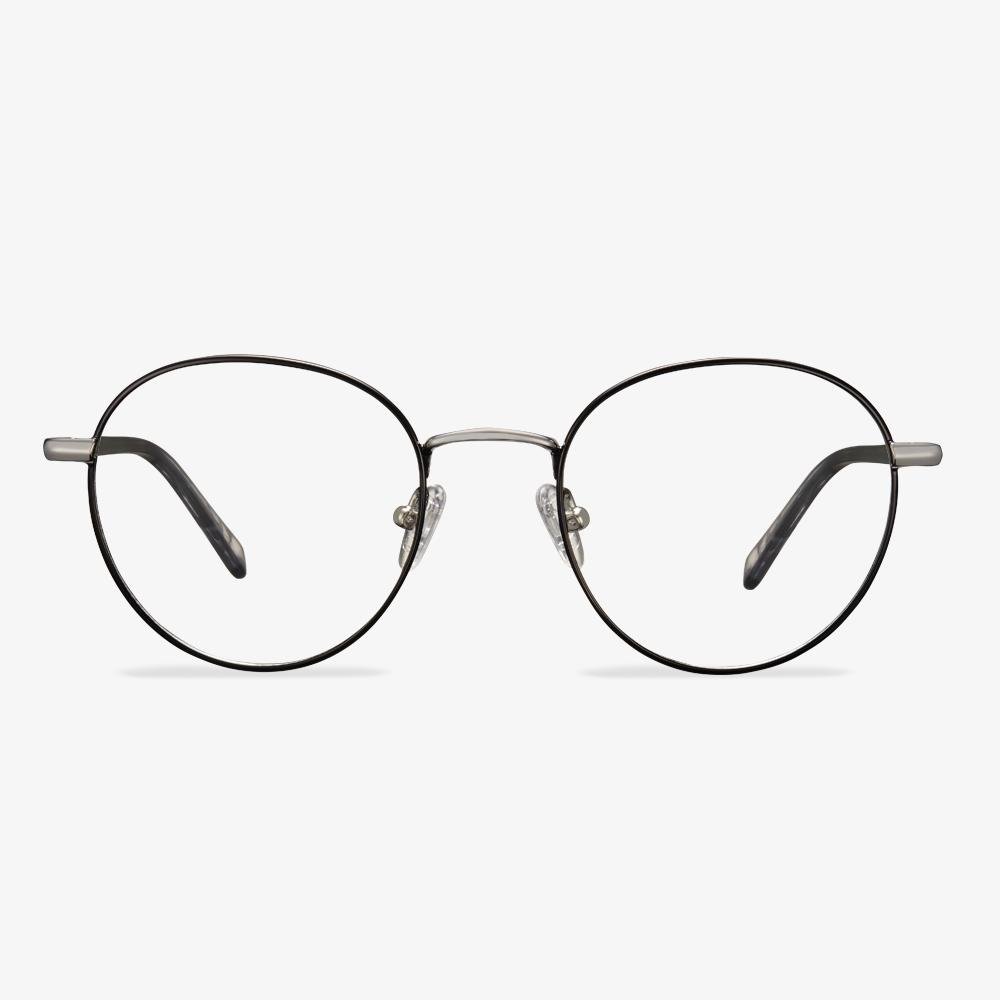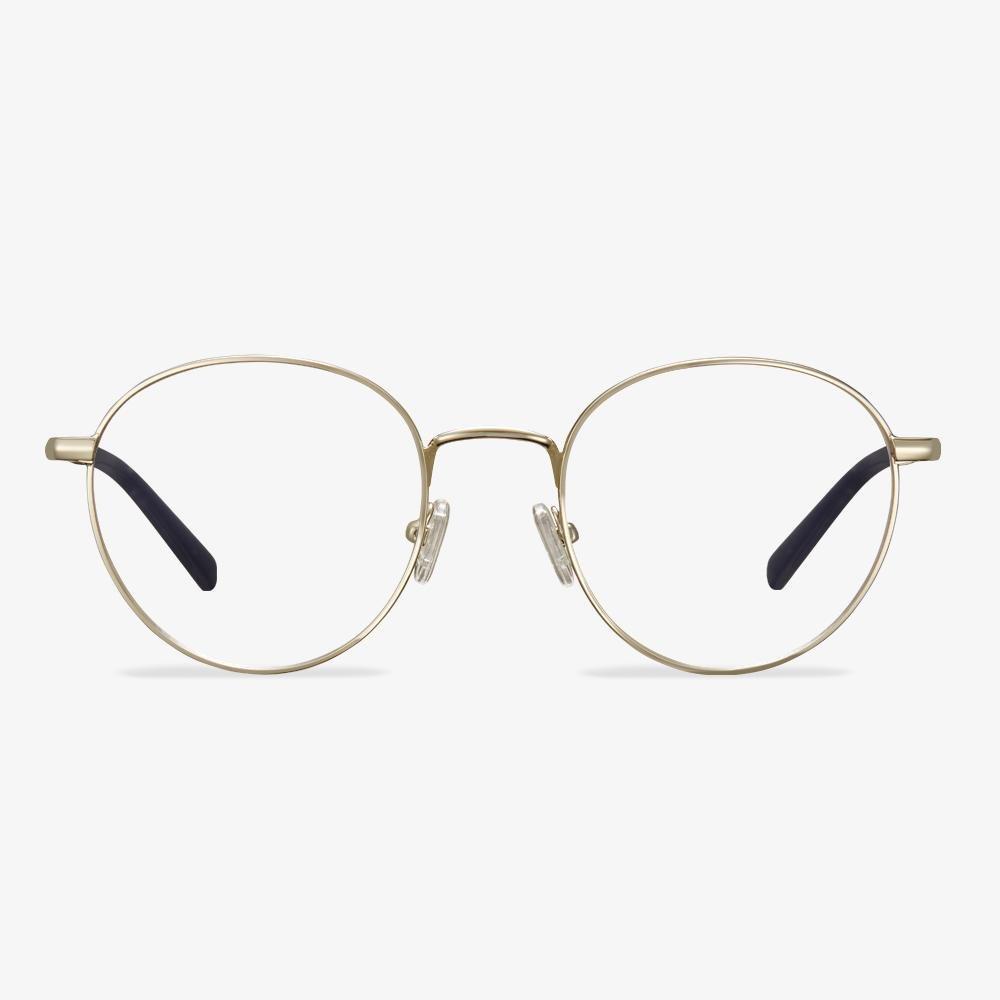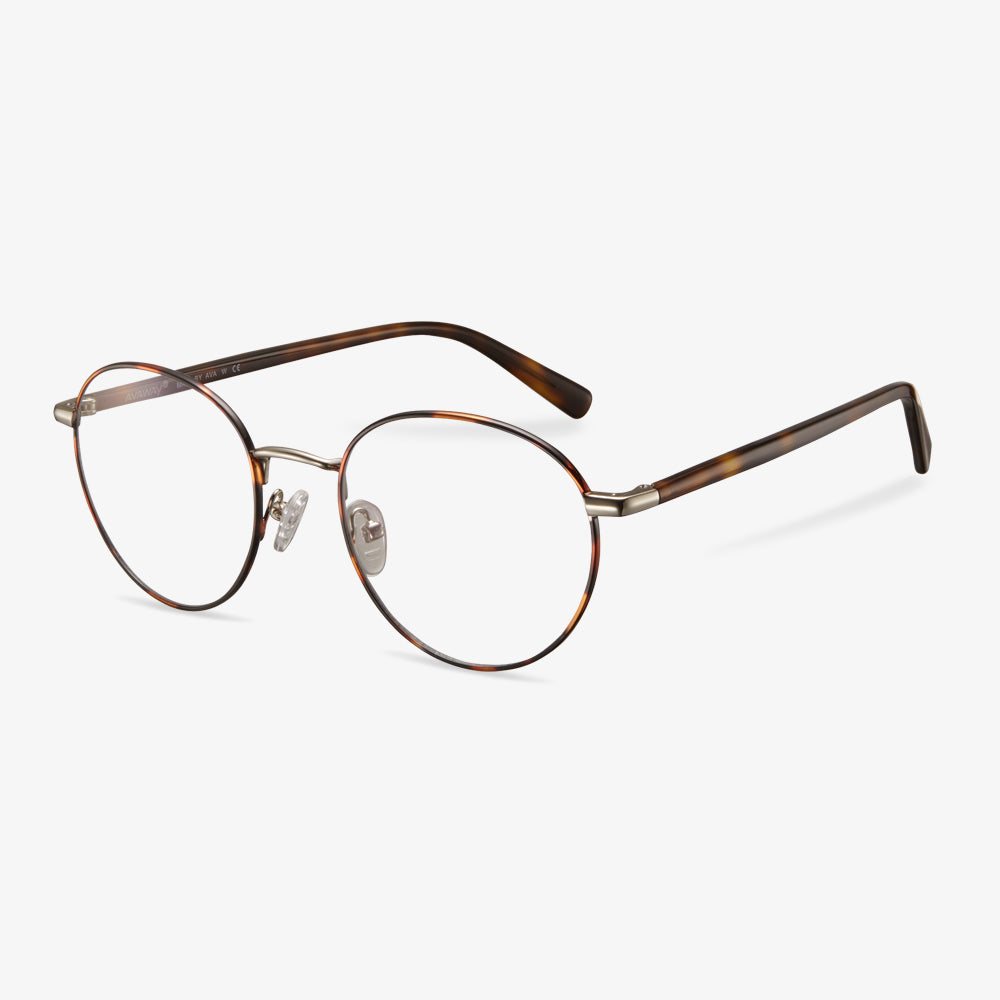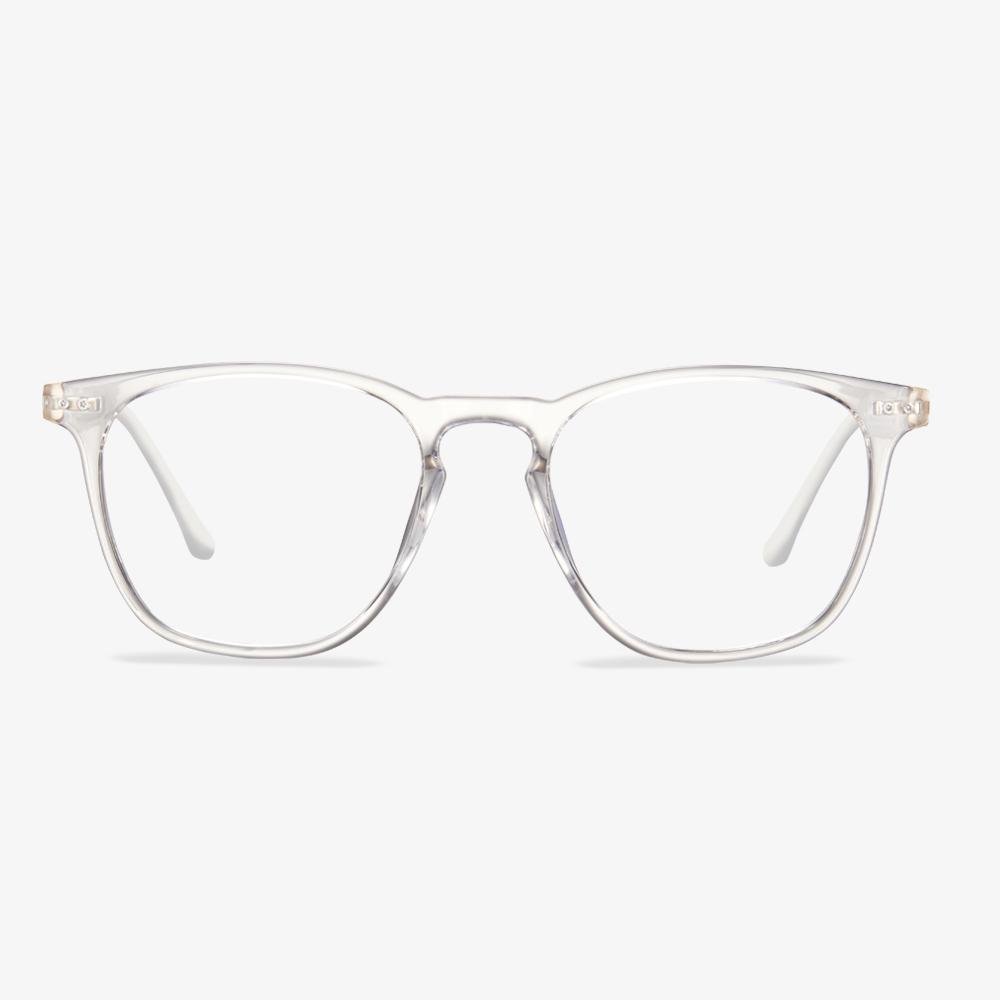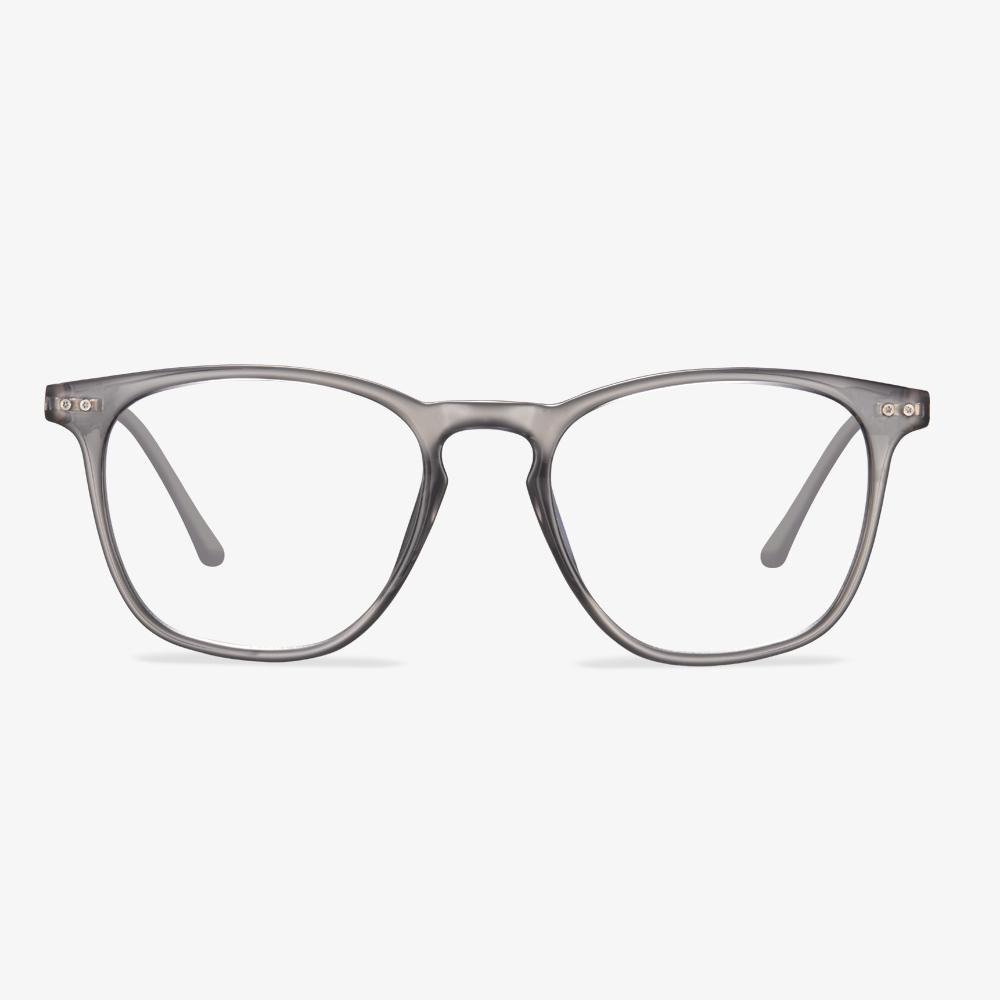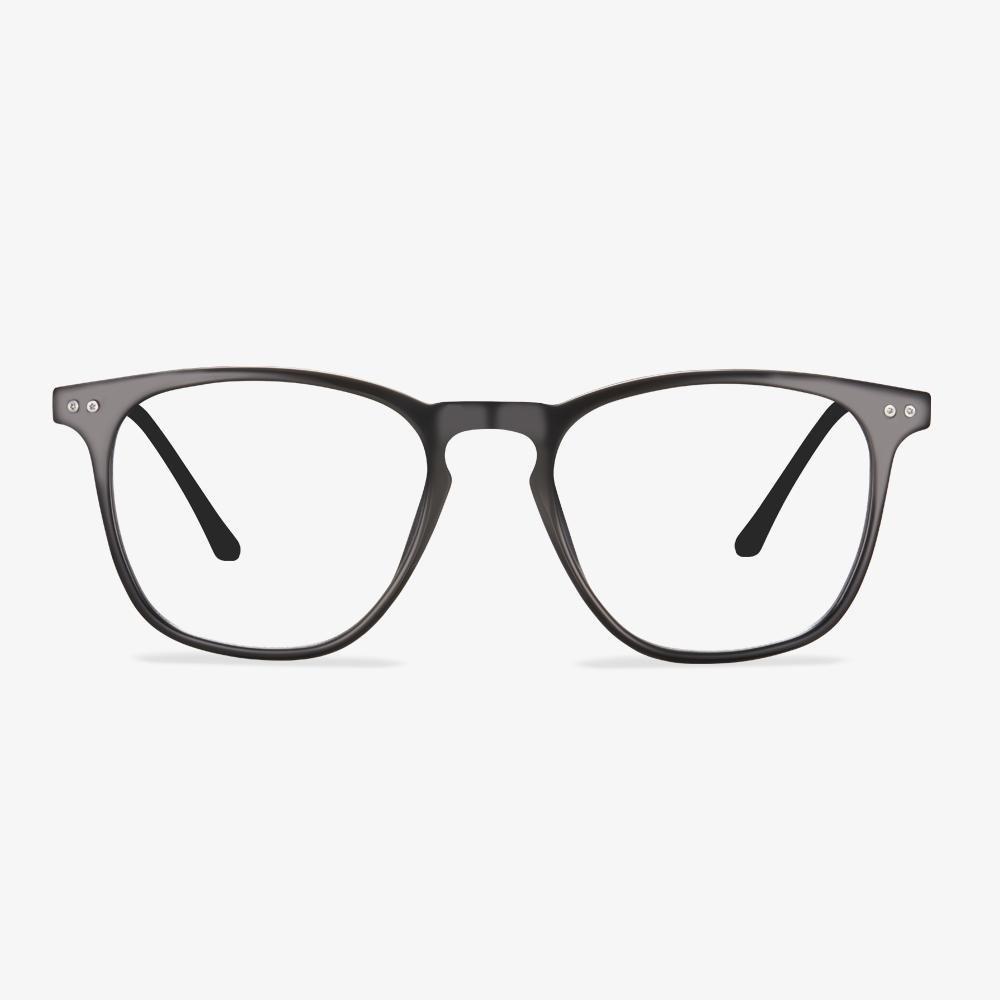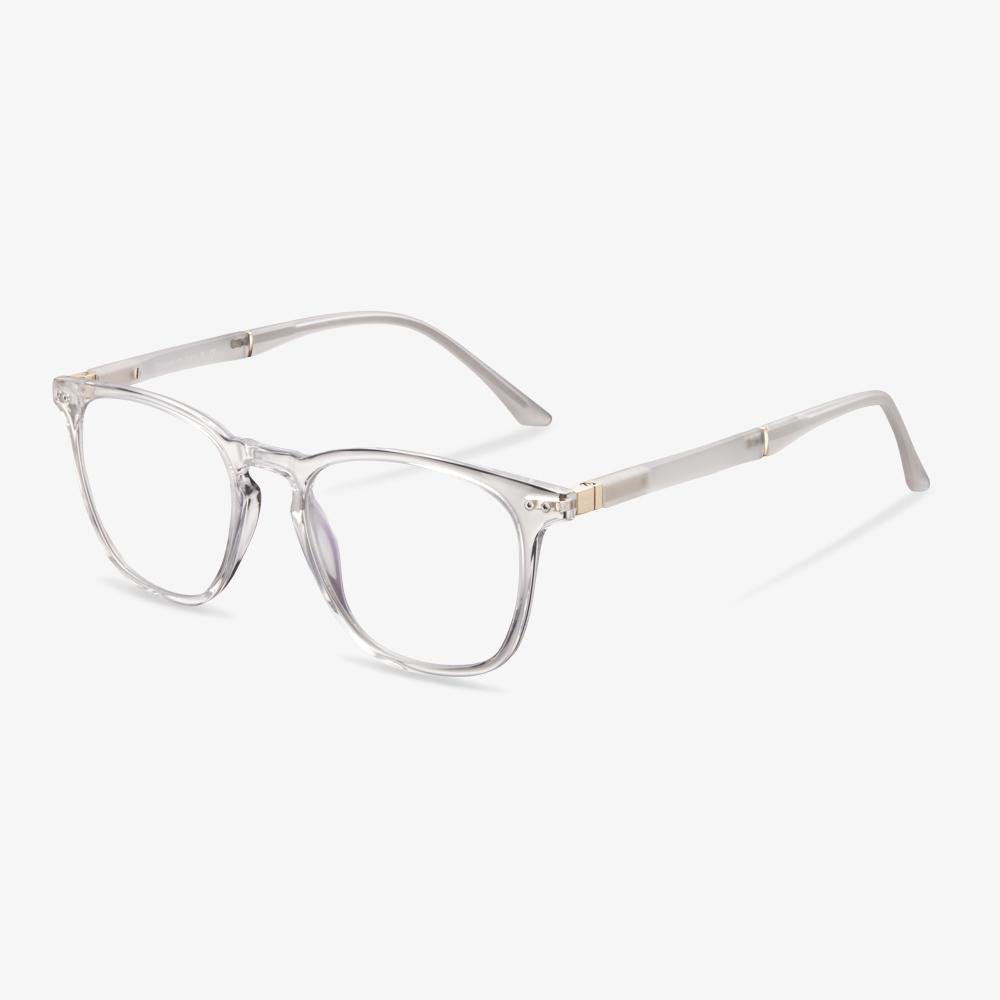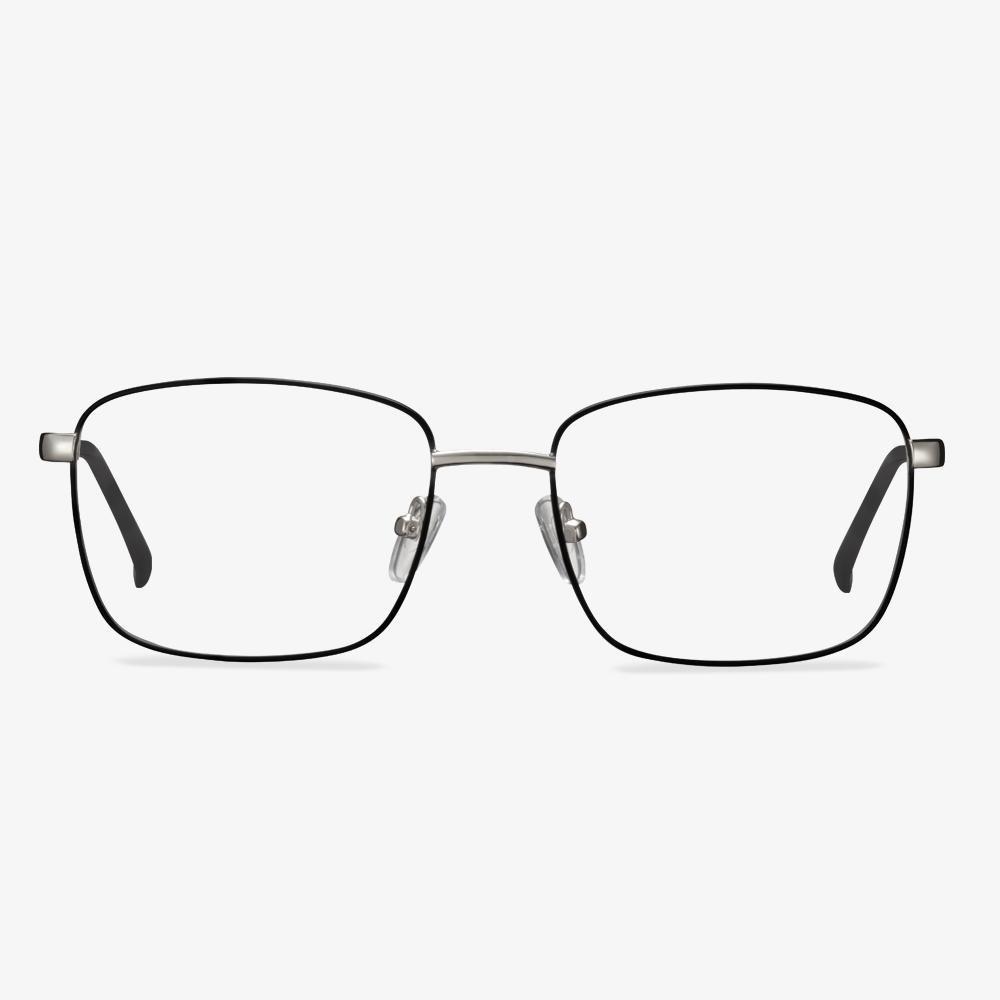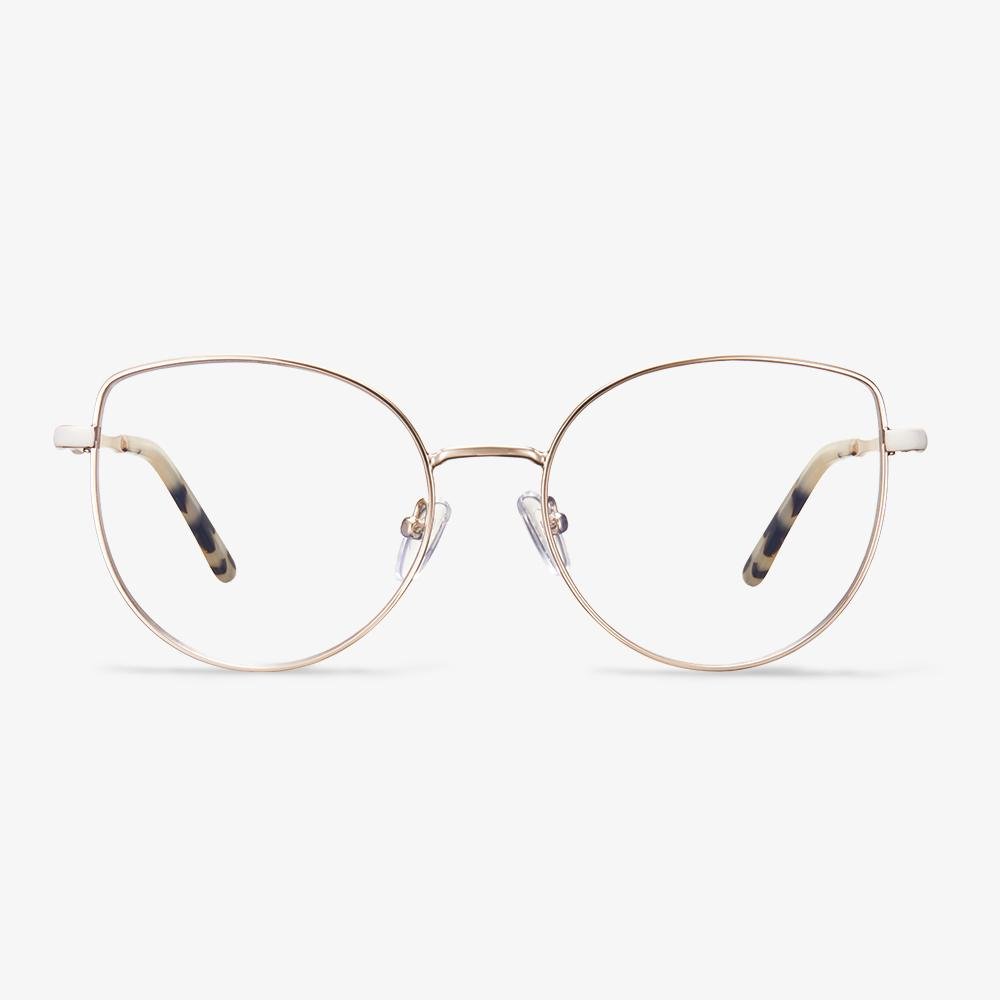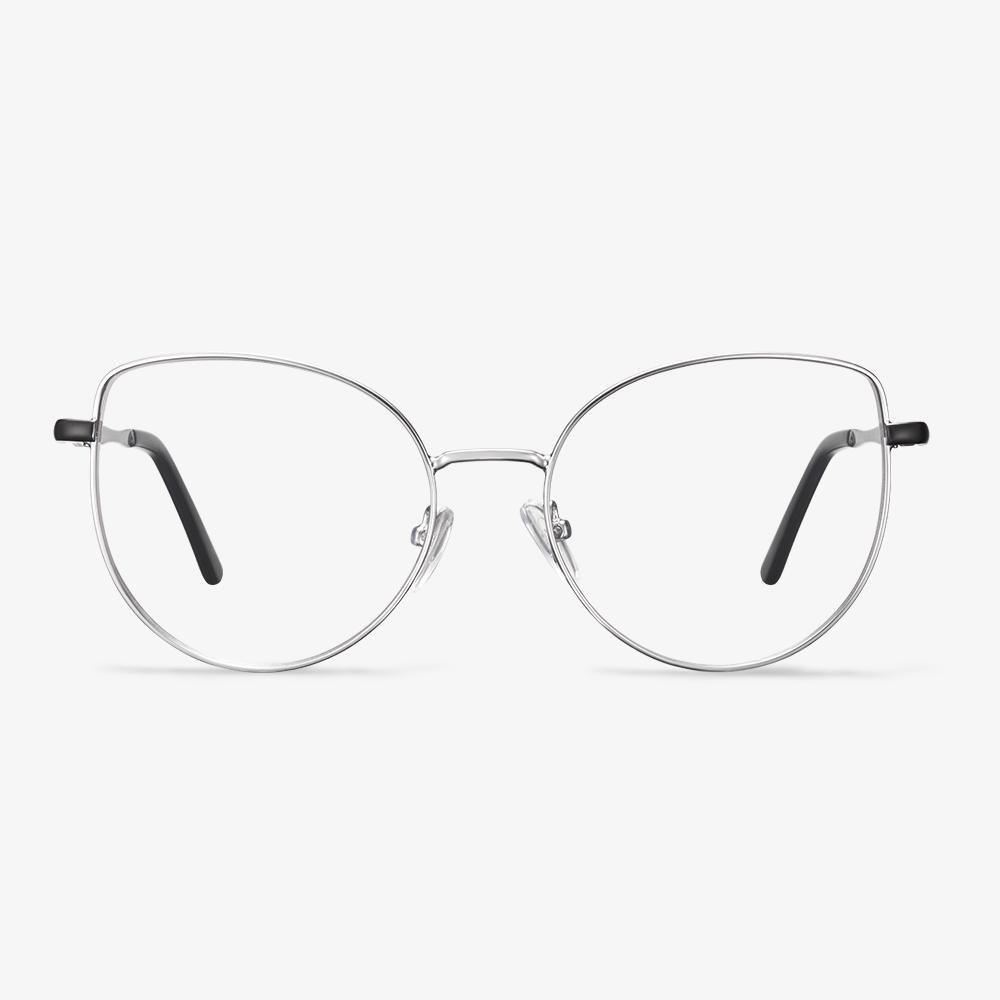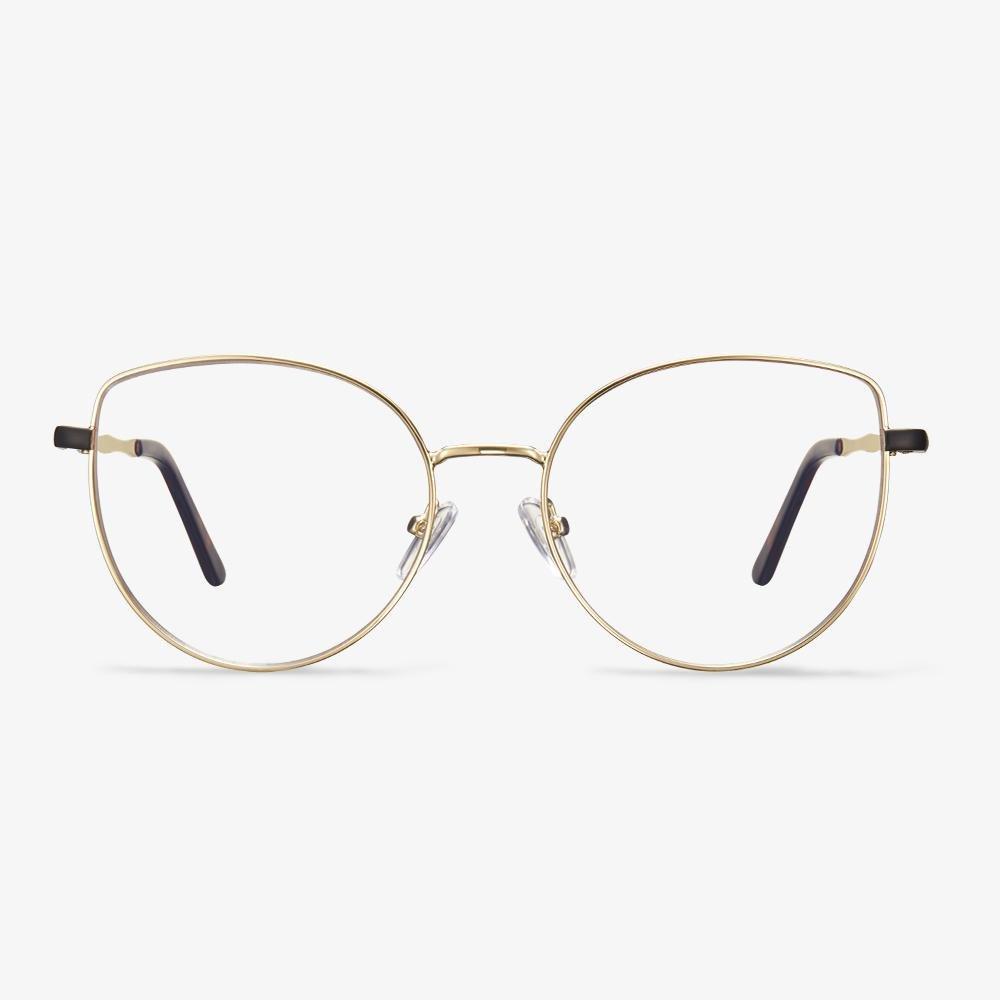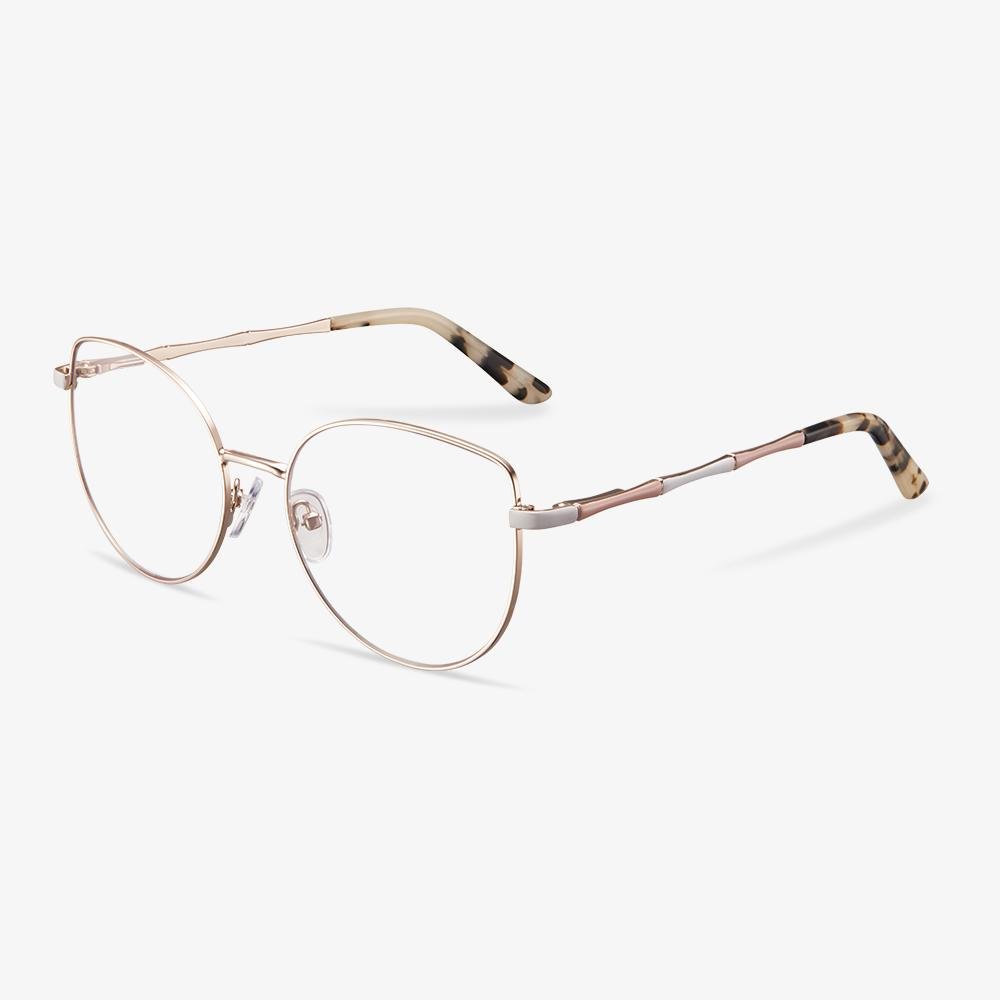How to Choose Reading Glasses?
Choose big frames the first time. When choosing reading glasses, you can choose the big frames for the first time. You may need larger glasses frames or lenses to really get the sweet spot of where the prescription is.
And if you have never worn glasses for eye conditions such as nearsightedness, farsightedness or astigmatism, it is likely you will be able to see well with non-prescription reading glasses. So, you can buy these non-prescription reading glasses.
How to choose blue light blocking glasses?
While trying it on, look at the electronic screen from a distance to see if it stimulates your eyes. Holding the glasses in front of a display screen or under an LED light to see if they reflect blue light on the surface of the lens. It shows that blue-blocking glasses can block blue light. The special blue light flashlight shines on the white cardboard through the lens, the blue light that passes through the blue-blocking lens is noticeably dimmed, while the blue light that passes through the normal lens is not changed at all, which is what the blocking blue light does. You can go to a professional eyeglass shop to detect instruments through the spectrum of professional authority, and the best blue light blocking rate is between 60%-70%.
Frame Selection of Progressive Sunglasses
Choose a proper frame range. Only if the frame is not very large and beveled, the frame can be very flat. Because the distance from the glazed to the optical center of a progressive multi-focus lens is 19-17 mm, and the distance between the edges of the frame will be no less than 28 mm if the area inside the lens can be used at close range while maintaining the far sighting field.
Lens anti-fogging agent
To be specific, a layer of the anti-fogging agent is sprayed (coated) on the surface of the lens to form a dense, absorbent, ultra-thin, and ultra-transparent biological coating. The coating chelates the droplets inside the coating (chelating means processing the material into a digestible form) to form a continuous and supper transparent chelating coating, which converts the droplets into a transparent micro-glass layer, thus preventing fogging. Spray anti-fogging agent on the surface of the lens, and then wipe evenly with an ordinary lens cloth. It can be used on most lenses. They are easy to use but have relatively short anti-fogging time. During use, the lens should not be wiped or washed. Long time use will affect the lens life.
Uvex Stealth OTG Safety Goggles
They provide more protection and coverage than other prescription safety glasses. Due to the full seal around the eye, these OTG safety goggles prevent chemical splashes, and bumps, and scratches, making them wonderful general-purpose safety goggles to wear over your prescription glasses. Dura-Streme's scratch-resistant coating helps keep the lenses crystal clear, which is especially important when wearing the underlying glasses.
How long will the titanium frame last?
Titanium and titanium alloys are often used to make the most durable frames. Their strength is comparable to that of stainless steel. Medical facilities use titanium to make medical implants such as heart valves, showing just how durable the metal can be in extreme environments. Look at the maintenance between quality and use. Good glasses electroplating after three processes, the first is in the glasses or pure raw materials, plating a layer of an adhesion layer, used to attach the plating color layer. The second is the electroplating color layer. The third one is that after the electroplating color layer, another layer of electroplating protection is transparent. The electroplating of glasses through three processes can ensure that the glasses are not easy to lose color and damage in about 5 years. Now the glasses electroplating basically omits the processing of the last layer of the color protective layer, so the service life is about 3 years.
The origin of aspheric lens
The Visby glasses, unearthed in Gotland, Sweden, are the earliest aspheric lens found. The Vikings in the 11th century used it as a magnifying glass, and some of the best ones were made of silver, making them look like handicrafts. In 1667, Francis Smethwick grinds the first high-quality aspheric lenses and presents them to the Royal Society. That's a telescope with three aspheric elements. In 1956, Elgeet, which originally designed and manufactured optical instruments for the U.S. Navy, produced the world's first mass-produced aspheric lens for photography (Golden Navitar 12mm F1.2) for a 16mm film machine. Today, aspheric lenses are found in everything from tall telescopes to missile guidance systems to camera lenses. In the glasses we wear, the aspheric lens is familiar to consumers.

